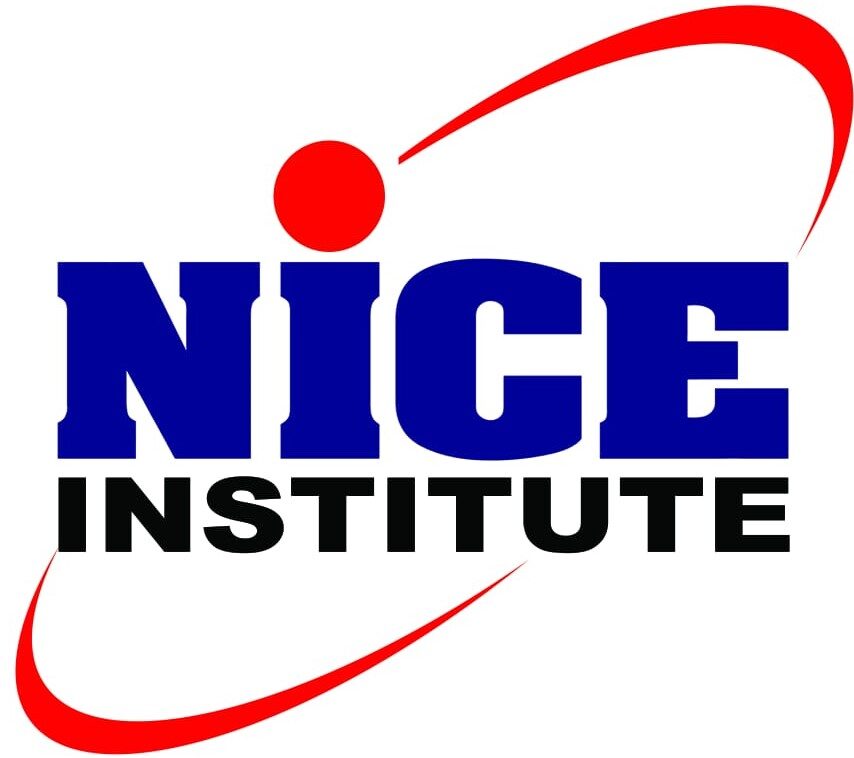cf
Generations of Computers
Computers have evolved significantly since their inception, and this evolution is categorized into distinct generations. Each generation represents a major technological development that fundamentally changed the way computers operate. Here is a point-by-point description of each generation of computers:
First Generation (1940-1956) – Vacuum Tubes
- Technology: Utilized vacuum tubes for circuitry and magnetic drums for memory.
- Size: Very large and bulky machines, often occupying entire rooms.
- Input/Output: Relied on punched cards and paper tape for input and printouts for output.
- Speed: Very slow, performing calculations in milliseconds.
- Examples: ENIAC, UNIVAC, IBM 701.
- Programming Language: Machine language, the lowest-level programming language.
Second Generation (1956-1963) – Transistors
- Technology: Replaced vacuum tubes with transistors, making computers smaller and more reliable.
- Size: Smaller and more efficient than first-generation computers.
- Input/Output: Utilized punched cards and printouts but also began using magnetic tape and disk storage.
- Speed: Faster than first-generation computers, performing calculations in microseconds.
- Examples: IBM 1401, IBM 7090, CDC 1604.
- Programming Language: Assembly language and early high-level languages like FORTRAN and COBOL.
Third Generation (1964-1971) – Integrated Circuits
- Technology: Used integrated circuits (ICs) which allowed multiple transistors to be packed onto a single silicon chip.
- Size: Much smaller and more powerful than previous generations.
- Input/Output: Utilized keyboards and monitors for input/output, along with magnetic storage devices.
- Speed: Further increased speed, performing calculations in nanoseconds.
- Examples: IBM 360 series, PDP-8, PDP-11.
- Programming Language: High-level languages like BASIC, Pascal, and more advanced versions of FORTRAN and COBOL.
Fourth Generation (1971-Present) – Microprocessors
- Technology: Development of microprocessors, which placed the CPU, memory, and input/output controls on a single chip.
- Size: Dramatically smaller, leading to the development of personal computers.
- Input/Output: Utilized keyboards, mice, monitors, and later touchscreens for input/output.
- Speed: Exponentially faster, performing calculations in picoseconds.
- Examples: Intel 4004, IBM PC, Apple Macintosh.
- Programming Language: Use of more sophisticated high-level languages like C, C++, Java, Python, and advanced software applications.
Fifth Generation (Present and Beyond) – Artificial Intelligence
- Technology: Based on artificial intelligence (AI), machine learning, and advanced parallel processing.
- Size: Continued miniaturization with even more powerful processing capabilities.
- Input/Output: Advanced interfaces including voice recognition, gesture controls, and virtual reality.
- Speed: Speeds continue to increase with advancements in quantum computing and other technologies.
- Examples: IBM Watson, Google DeepMind, advanced AI systems and supercomputers.
- Programming Language: Utilization of languages suited for AI development such as Python, R, and various machine learning frameworks.
The Abacus: The First “Computer”
Introduction
The abacus is often considered one of the first computing devices in human history. It is a simple yet powerful tool that has been used for thousands of years to perform arithmetic calculations.
History and Origin
- Ancient Origins: The abacus dates back to around 2500 BCE, with its origins in ancient Mesopotamia. It was later used in various forms across different cultures, including the Chinese, Egyptian, Greek, and Roman civilizations.
- Chinese Abacus: The Chinese version, known as the “Suanpan,” was developed around 500 CE. It features a rectangular frame with rods and beads, each representing different numerical values.
Structure and Function
- Basic Design: An abacus typically consists of a wooden frame with rods or wires strung with beads. Each rod represents a different place value (units, tens, hundreds, etc.).
- Calculations: Users perform calculations by moving the beads along the rods. The position of the beads represents numerical values, allowing for addition, subtraction, multiplication, and division.
- Chinese Abacus (Suanpan):
- Upper Deck: Two beads on each rod, each worth five units.
- Lower Deck: Five beads on each rod, each worth one unit.
- Japanese Abacus (Soroban):
- Simpler Design: One bead on the upper deck (worth five units) and four beads on the lower deck (each worth one unit).
Advantages and Uses
- Speed and Efficiency: Skilled users can perform calculations quickly and accurately.
- Educational Tool: The abacus is still used in education to teach basic arithmetic and mental calculation skills.
- Cultural Significance: The abacus remains a symbol of traditional mathematics and is celebrated in various cultures.
Evolution and Legacy
- Transition to Modern Calculators: While the abacus has largely been replaced by electronic calculators and computers, it laid the foundation for the development of these advanced tools.
- Enduring Relevance: The abacus is still used in some regions and by certain professions where electronic devices are impractical or unavailable.
Conclusion
The abacus is a testament to human ingenuity and the quest for efficient computation methods. Its design, simplicity, and functionality make it a significant milestone in the history of computing. Despite the advancements in technology, the abacus continues to be a valuable educational and historical tool, reminding us of our early steps in the journey of mathematical computation.
